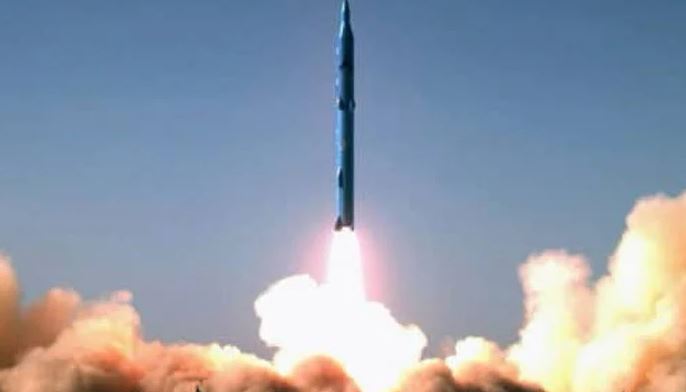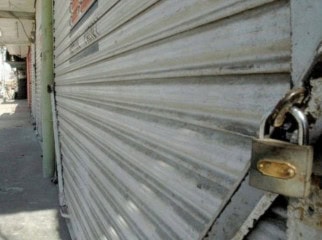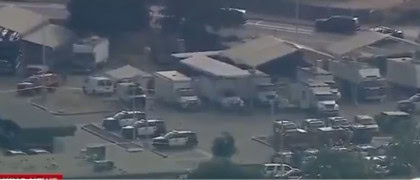TEHRAN – Iran’s recent use of its long-range Sejjil-2 ballistic missiles against Israel has sparked international attention, especially after reports emerged that Israel’s air defense systems failed to intercept several of them.
According to Iranian state news agency Tasnim, Iran launched the Sejjil-2 missile—capable of striking targets over 2,000 kilometers away—as part of its ongoing retaliation against Israeli military operations. The attack is said to be the 13th wave of missile strikes in response to what Tehran describes as Israeli aggression.
Israeli security officials confirmed that one of the missiles hit the Dan Bloc region of Israel and was noted for its unusually large size and powerful payload.
“This was not a standard missile,” Kadosh stated, adding that Iran has so far used only a limited number of such missiles.
The Sejjil-2 is a two-stage solid-fueled missile, which reduces the time required for fueling and launch. This gives it a tactical advantage over Iran’s liquid-fueled alternatives. The missile carries a warhead weighing between 500 to 650 kilograms and is considered highly accurate and launch-ready.
The Iranian officials also claimed that they had deployed hypersonic missiles during the same operation. Thanks to the extended range of the Sejjil-2, these missiles can be launched from nearly any location within Iran—not just the western regions typically used for such operations.
First publicly revealed in 2008, the Sejjil missile program is part of Iran’s long-term strategic deterrence development that began in the late 1990s.
Tehran has warned Israeli settlers to remain in shelters or evacuate from what it terms “occupied territory,”.



















